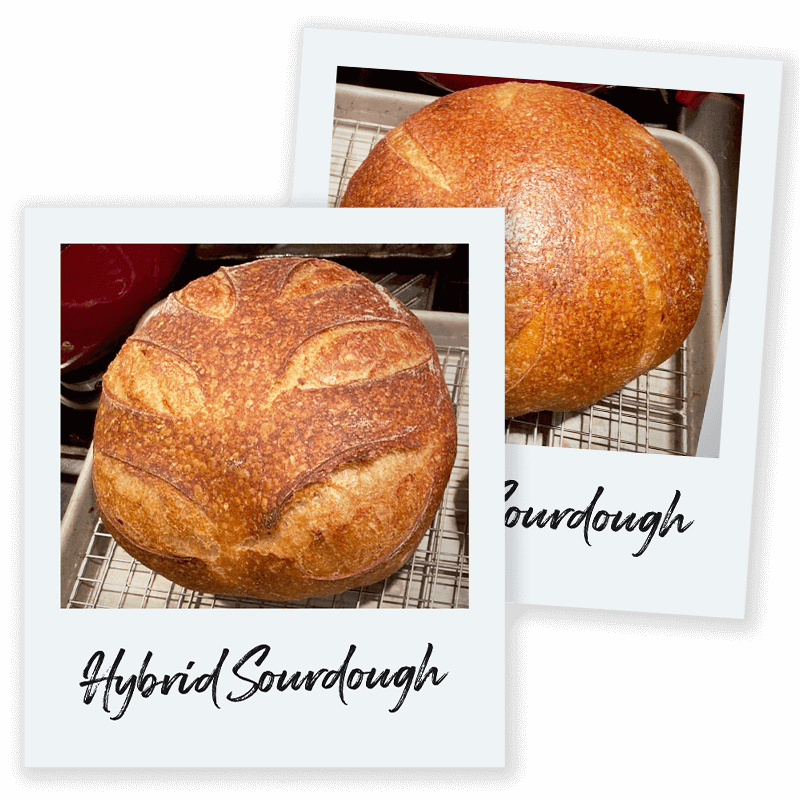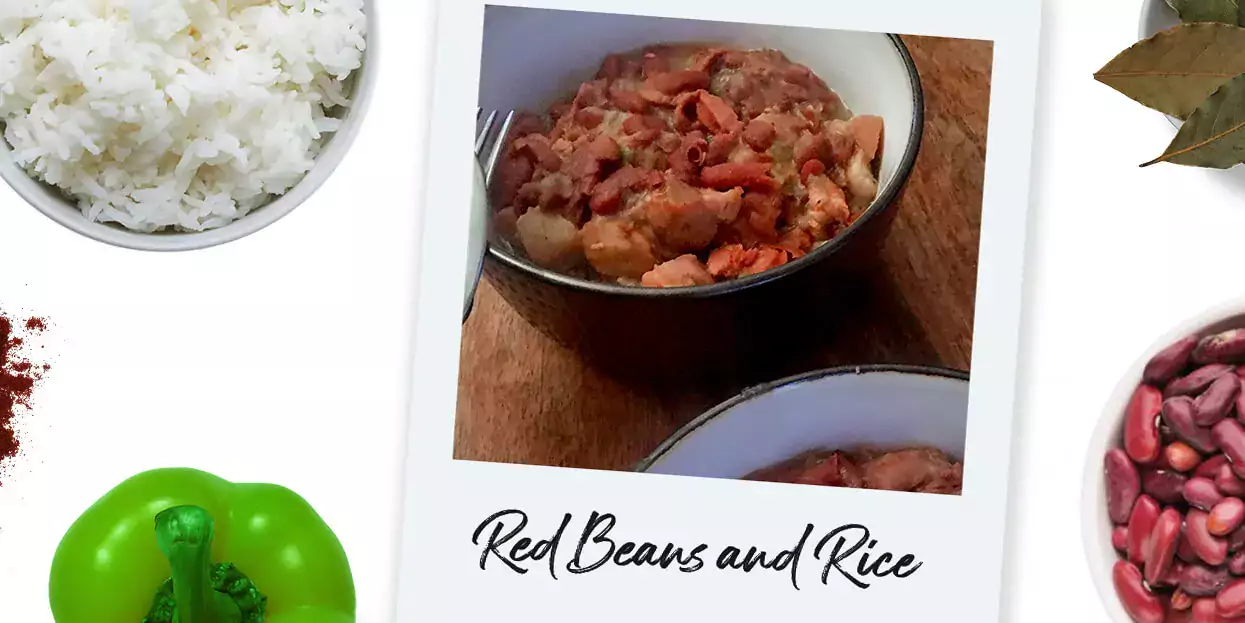Today we’re highlighting David Mostovoy, our Product Marketing Manager. Check out his recipe below.
This is part of our Zenput employee cooking blog series.
The Zenput team is full of talented and unique individuals, but there’s one thing that many of us have in common: the ability to cook delicious food! As the quarantine and social distancing guidelines have started becoming the new normal, many of our team members have taken to the kitchen, sharing photos of their creations in our #fun-food channel on Slack.
What’s cooking? Any story behind the recipe?
Before baking sourdough bread was the cool coronavirus quarantine activity, one of my favorite Youtube cooking channels, Bon Appetit, posted a highly entertaining sourdough recipe video . After watching it for the first time, I decided it was a daunting undertaking I wasn’t willing to spend my time on.
Well...that changed. Since then, I’ve made about 40-50 loaves- each with varying levels of experimentation, failures, and successes. This recipe has become my tried and true go-to sourdough recipe.
Has the quarantine changed your cooking habits at all? (I.e. do you cook more often/less often?)
Much more often and much more experimentation. With so much time at home and less time out at restaurants, I’ve been forced to eat a lot more at home. But how many times a week can I eat baked salmon and roasted chicken? I’ve started going to a local fish market to find inspiration for new dishes from seafood that I don’t usually have- like scallops, Idaho trout, striped bass, and squid.
What is one of your favorite cooking tips/tricks/secrets you’d like to leave us with?
Mise en place! That’s the french culinary phrase meaning “putting in place”. In other words, before you start cooking, gather everything you need, chop your veggies, cut your meats, get your tools ready, and stay organized. And read the entire recipe before you start cooking. Otherwise, you’ll be stuck chopping your beef into cubes while your onions burn away in your pot!

Hybrid Sourdough
Sourdough has a reputation of being time-consuming and difficult to make. But if you figure out the more-complicated aspects of this recipe, such as knowing when to end bulk fermentation and shaping the loaves, it doesn’t take that much time or effort. Watch some videos (this one and this one are good places to start), try it out, and the rest will be history. Bon appétit!
Tools:
- Dutch oven or other heatproof dish with a lid (like a glass Pyrex baking dish)
- Bread proofing basket (Banneton)
- Scoring Lame (or sharp razor blade)
- Bench scraper (optional, but preferable)
- Large bowl
Ingredients:
- 700g white bread flour (preferably unbleached; I prefer King Arthur)
- 300g whole wheat flour
- 700g warm water (85F-105F, depending on weather)
- 200-300g Starter (recipe)
- 20g kosher salt
- Little bit of olive oil
Instructions:
- Mix flours together.
- Mix in water and combine until dough is fully hydrated and there are no dry clumps.
- Cover with towel and let rest for 20-30 min (Autolyse- gluten development)
- Dough should be wet and sticky, but you shouldn’t have a lot of dough on your hands
- Add starter and mix in.
- Add salt (dough should be wet, but not stick to fingers too much)
- Ideal dough temp: 78f
- Knead dough vigorously for 10-15 min until it passes the dough windowpane test
- Coat bottom of large bowl generously with olive oil, put loosely shaped dough in, and brush top of dough with olive oil. Cover with damp towel.
- Bulk fermentation/proof: let dough sit in a warm spot (70-90F) for 3-9 hours or until dough about doubles in size.
- How to tell when bulk fermentation is complete: there should be bubbles on the dough surface and dough should "jiggle" when shaken. Poke the dough in ½ inch with a floured finger- the dough should spring back slowly, but leave a dent. If the dough springs back completely, allow to proof further. If the dough doesn’t spring back at all or collapses, it has overproofed- if this happens, you can still try continuing on to the next steps, but it might not turn out as well.
- Gently remove the dough from bowl. Split dough approximately in half with a bench scraper.
- Try not to agitate the dough or worry about splitting it evenly too much. Agitating the dough will cause gasses to escape and the dough to lose volume.
- Shape dough into loaves and place, upside down (seem side up), into lightly floured dough basket (Banneton). Lightly dust dough with flour.
- Cover with towel and refrigerate for 12-24 hours (more time = more sour)
- Preheat oven to 475 and put empty baking dish inside for at least 10 minutes so that the dish fully heats up.
- Once oven is fully heated, remove dough basket from the refrigerator.
- Remove the dough from basket and place right side up onto parchment paper (dome side up).
- Score loaves with razor or lamè.
- Carefully place loaves on parchment paper and into baking dish (careful, the dish will be hot)
- Bake at 475 for 15-20 minutes with lid on.
- Remove lid. Bake for an additional 20-35 min until internal temp reaches 205-208F and crust is a deep golden brown.
- Remove loaves from dish and let rest on wire rack, uncovered, for at least 2 hours before eating.
Subscribe to our blog
You are now subscribed!

